When it comes to protecting steel from corrosion, two popular options are galvanized steel vs painted steel. Both methods offer a layer of protection against rust and the elements, but they differ in terms of durability, maintenance, cost, and applications. Understanding these differences can help you decide which option is best suited for your project or needs. Let’s dive into the key differences between galvanized steel vs painted steel, including their benefits, limitations, and typical use cases. Two popular options to protect steel from rust and corrosion are: galvanized steel vs painted steel. Both methods protect steel, but there is considerable difference in durability, maintenance, cost and applications. After understanding these differences, it will be easy for you to choose the best option for your project. So, let us see the key differences between galvanized steel vs painted steel, their benefits, limitations, and where they are used.
What is Galvanized Steel?
Galvanized steel is corrosion resistant and rust proof. Galvanized steel is coated with a zinc layer to protect it from corrosion and rust. It is manufactured through a special process called hot-dip galvanization. In this process, the steel is dipped in molten zinc, which creates a protective coating. This coating protects the steel from moisture and oxygen, which are the primary reasons for rust.
The biggest feature of galvanized steel is that its zinc layer has a self-healing property. Even if there is a scratch or minor damage on the surface, the galvanic action of zinc protects the steel from rust. This makes the steel long-lasting and durable, no matter how harsh the environment is.
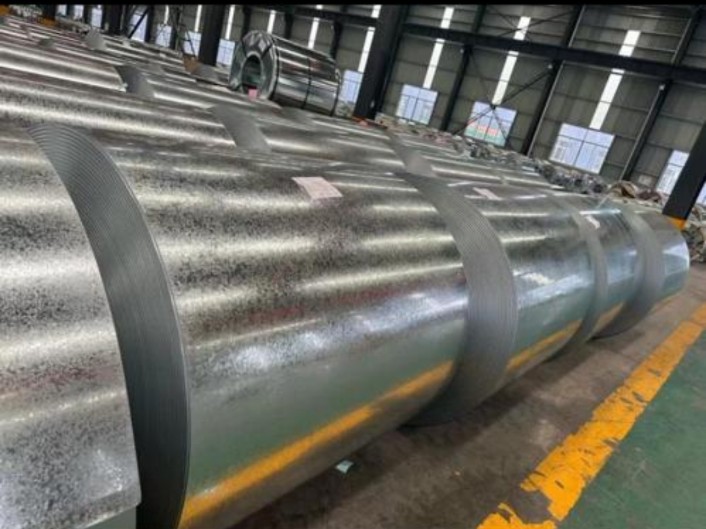
Advantages of Galvanized Steel:
Galvanized steel is known for its unique advantages, which make it a popular choice for protection against rust and corrosion. It has a zinc coating which gives the steel long-term durability and strength.
Corrosion Resistance: The biggest quality of galvanized steel is its corrosion resistance. Zinc coating protects the steel from exposure to moisture and oxygen, which are the main causes of rusting. This is why galvanized steel works quite effectively even in tough environments, such as salty coastal areas and humid climates.
Self-Healing Properties: Even if there are minor scratches or damages on the zinc coating, the steel remains protected from rust. The galvanic action of zinc ensures that even exposed areas of the steel are protected.
Low Maintenance: Galvanized steel does not require regular maintenance. Its protective layer is long-lasting, making it ideal for outdoor and industrial projects.
Long Lifespan: Galvanized steel has a very long life span, which can last for decades without major damage.
Cost Efficiency: Although its initial cost is high, the long-term maintenance cost is very low, which makes it economical.
Disadvantages of Galvanized Steel:
Galvanized steel is known for its corrosion resistance and durability, but it has some disadvantages that make it not a perfect choice for every application.
Limited Aesthetic Options: The basic silver or greyish look of galvanized steel is not suitable for every project. Its industrial appearance is not ideal for decorative or architectural projects. If colour customization is needed, pre-painted galvanized steel (PPGI) has to be used, which adds additional cost.
High Initial Cost: The process of making galvanized steel, such as hot-dip galvanization, is quite costly. Its initial cost is higher than that of painted steel, which can be challenging for budget-sensitive projects.
Weight Increase: Zinc coating slightly increases the weight of the steel. This may be a concern for some specific applications, such as lightweight structures.
Limited Performance in Extreme Conditions: Galvanized steel is effective in tough environments, but its zinc layer can degrade in extreme high-temperature conditions, reducing protection.
Welding Challenges: Galvanized steel is difficult to weld because the zinc layer can affect the welding process. This requires special precautions and techniques, which increase cost and complexity.
What is Painted Steel?
Painted steel is steel that has been coated with one or more layers of paint to protect its surface from moisture, oxygen, and other harmful elements. This process enhances the steel’s protection from rust and corrosion while also providing an aesthetically pleasing appearance. Painted steel is often used for decorative and customized applications where different colours and finishes are required.
The process of making painted steel involves first applying a primer layer to the steel, which smooths the base and prepares it for paint adhesion. The primer is followed by one or two layers of paint, which provide extra protection and the desired finish to the steel. In this process, different finish options like matte, glossy, and textured are available.
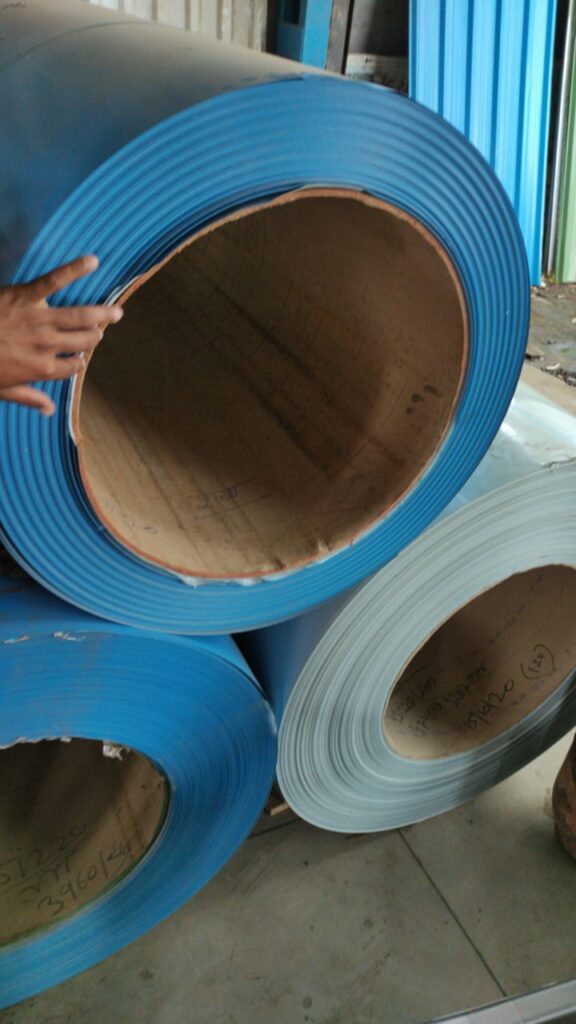
Advantages of Painted Steel:
Painted steel is a popular option that protects steel from corrosion while also providing a stylish and attractive look. It makes steel durable and provides the option to customize its appearance. Here are some major advantages of painted steel:
Aesthetic Variety: Painted steel is available in a variety of colours and finishes (such as matte, glossy and textured). This flexibility makes it perfect for decorative projects where unique and customized looks are desired.
Lower Initial Cost: The initial cost of painted steel is significantly lower than that of galvanized steel. It is a good option for budget-friendly projects where short-term cost is a priority.
On-Site Flexibility: Paint can be applied to steel at any time, even if the steel structure is already installed. This makes it convenient for onsite touch-ups and maintenance.
Decorative Use: Painted steel is best for indoor and decorative applications, where the look and feel of the steel is customized to the project’s needs.
Disadvantages of Painted Steel:
Painted steel is an attractive and customizable option, but it does have some limitations that impact its durability and maintenance. Below are some major disadvantages of painted steel:
High Maintenance: Painted steel can chip, peel or fade over time, especially if used outdoors or in harsh conditions. This requires regular maintenance and repainting, which consumes additional cost and time.
Low Corrosion Resistance: If the paint layer is damaged, the steel is exposed to moisture and oxygen, which accelerate corrosion. Therefore, the durability of painted steel is lower than that of galvanized steel.
Time-Consuming Process: Applying paint is a detailed process that involves multiple layers after a primer and drying time. This process can be slow, which is inconvenient for urgent projects.
Less Suitable for Harsh Environments: Painted steel is not ideal for use in extreme weather conditions, such as humidity and salty environments, as the paint can degrade quickly.
Comparison of Performance Galvanized Steel vs Painted Steel
Galvanized steel vs painted steel are both popular options for corrosion protection, but their performance varies in different situations. Here is a comparison of the two materials:
Durability: Galvanized steel is more durable because the zinc coating protects the steel from moisture and oxygen. This provides long-term protection that can last for decades. The paint layer in painted steel can chip or fade quickly, which reduces its durability and requires regular maintenance.
Corrosion Resistance: Galvanized steel is better when it comes to corrosion resistance. The zinc coating creates an effective barrier that protects the steel through self-healing properties even when scratched. If the paint layer of painted steel is damaged, it increases the risk of rust.
Aesthetics: Painted steel has the advantage of being available in multiple colours and finishes, which are perfect for decorative and indoor projects. The industrial and greyish look of galvanized steel is not suitable for every application.
Maintenance: Galvanized steel requires minimal maintenance, which is ideal for outdoor and industrial environments. Painted steel requires frequent touch-ups and repainting, which adds time and cost.
Cost: The initial cost of painted steel is generally lower than galvanized steel. But, the cost of long-term maintenance can add up, making galvanized steel more cost-effective over time.
Typical Applications: Galvanized Steel vs Painted Steel
Galvanized steel Uses
Outdoor Structures: galvanized steel is used in fences, railings and outdoor furniture because it can protect from rust.
Infrastructure: galvanized steel is used in bridges, road signs, and guardrails because it is durable.
Industrial Equipment: Machinery and equipment that requires long-term protection are made of galvanized steel.
Painted Steel Uses
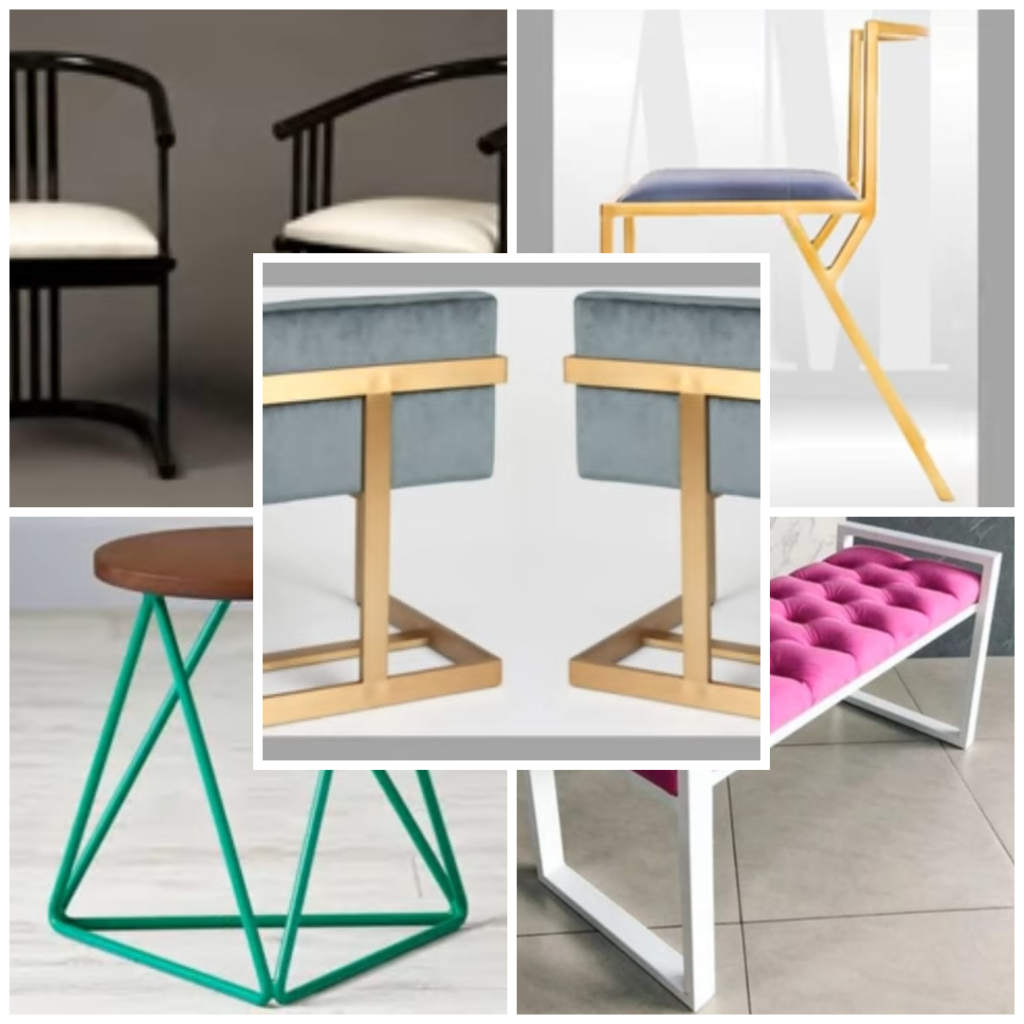
Indoor Decorative Applications: Painted steel is ideal for indoor decour where its color and finish is advantageous.
Automotive Industry: Painted steel is used in cars and vehicles where custom colors and finishes are required.
Architectural Projects: Painted steel is used in architecture, especially where attractive looks are important.
Galvanized Steel vs Painted Steel: Which One to Choose?
Galvanized steel vs painted steel are both popular for corrosion protection, but each has its own specific purpose and benefits. You should choose one based on your project’s needs. Here is a comparison of both materials to make your decision easier:
Durability and Corrosion Resistance: If you need a material that provides long-term rust protection and durability, galvanized steel is the best option. Zinc coating protects steel from moisture and oxygen, and it can last for decades. Painted steel resists corrosion, but if the paint layer is damaged, the risk of rust increases.
Aesthetic Flexibility: If you want a specific colour or finish, painted steel is better. It is available in vibrant colours and unique finishes, which are perfect for decorative and indoor projects. Galvanized steel’s industrial and greyish look is not suitable for every project.
Maintenance and Cost: Galvanized steel is low maintenance, which is ideal for outdoor and industrial use. Although its initial cost is high, it is economical in the long-term. Painted steel has a lower initial cost, but regular touch-ups and repainting are required, which adds time and money.
Decision based on application: Galvanized steel is best for outdoor and industrial projects, where durability and rust resistance are priorities. Choose painted steel for indoor and decorative projects where look and colour are important.
Conclusion: Making the Right Choice
Both galvanized steel vs painted steel have their own unique advantages. galvanized steel provides superior corrosion resistance and low maintenance, making it perfect for outdoor, industrial or heavy-duty applications. Whereas painted steel comes with a wide variety of colors and finishes, which are suitable for decorative or indoor projects.
By considering the strengths and limitations of both, you can choose the best steel finish for your project, which balances aesthetics, budget, durability and maintenance needs.

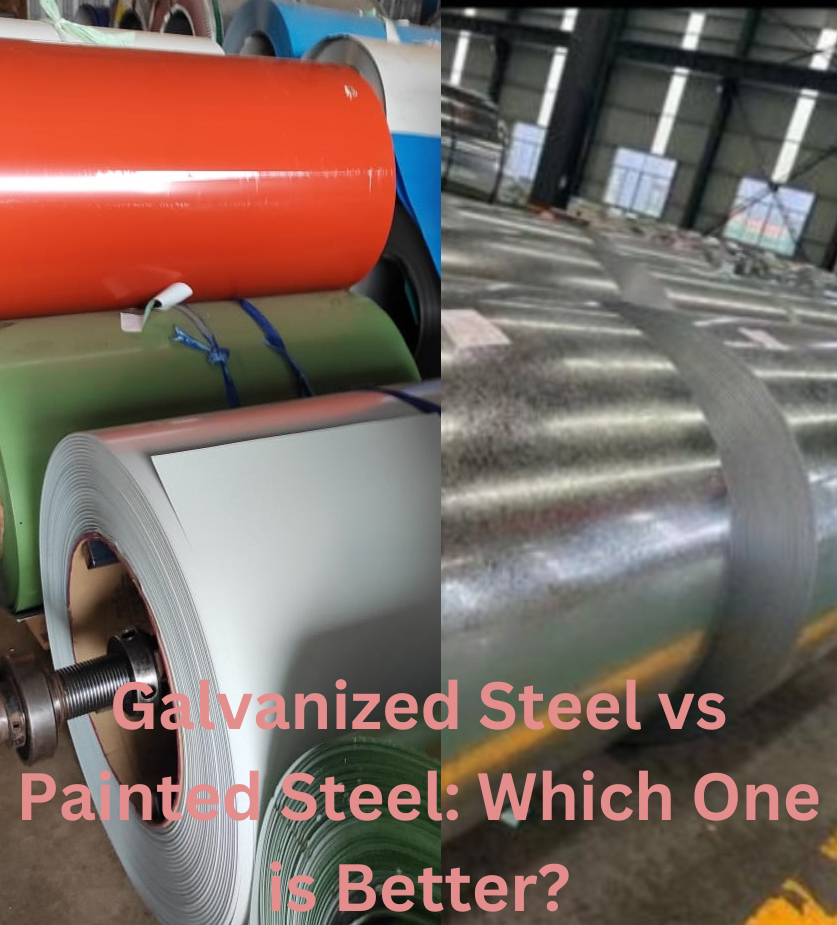
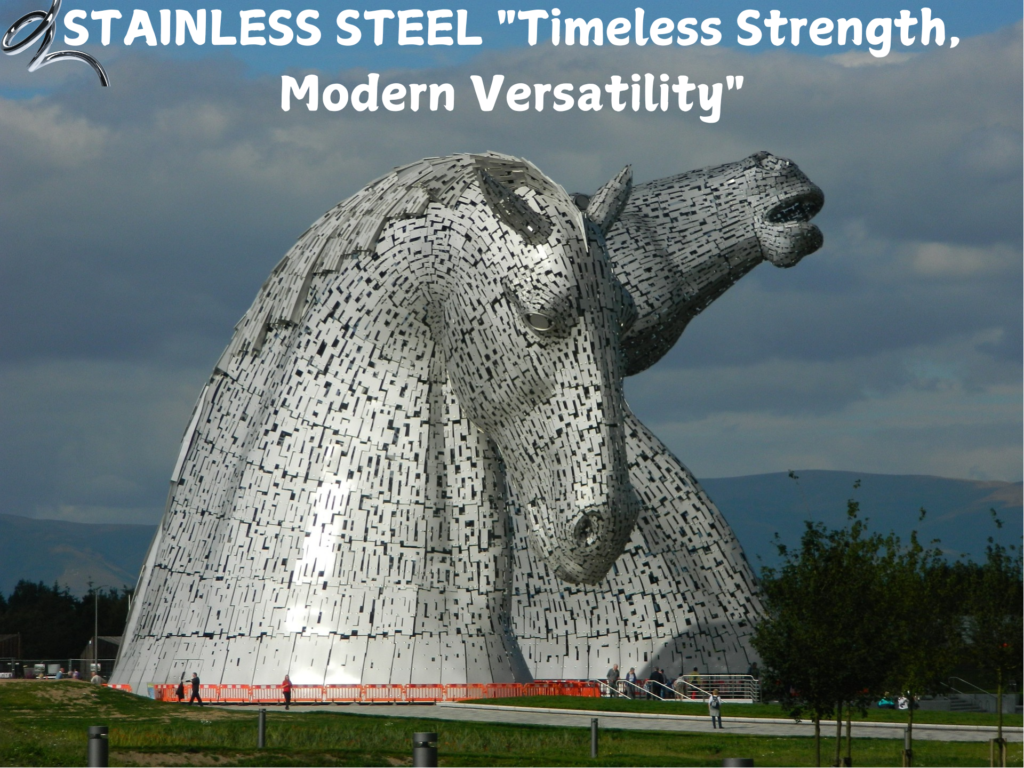
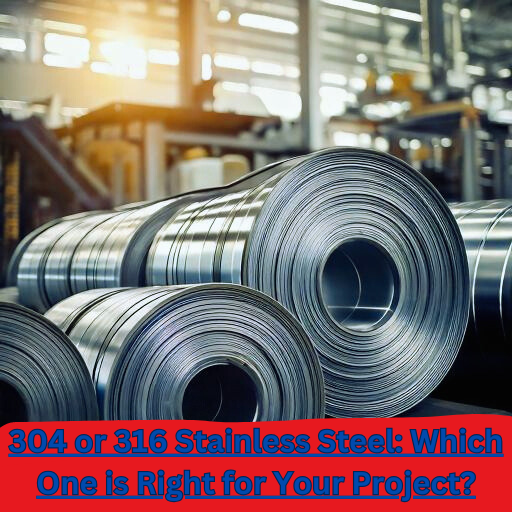
Pingback: PRE-PRINTED GALVANIZED STEEL: know about CRITICAL MANUFACTURING PROCESS - STEEL PRODUCT INFO.
Pingback: HOT ROLLED STEEL - Importance in Our Life
Pingback: HOT ROLLED CARBON STEEL PIPES
Pingback: SEAMLESS STEEL PIPES:- A DETAILED GUIDE
Pingback: WELDED STEEL PIPES:- A COMPLETE GUIDE